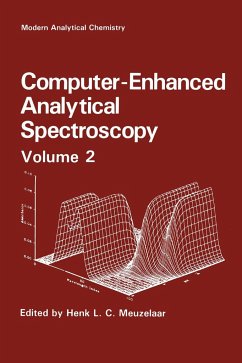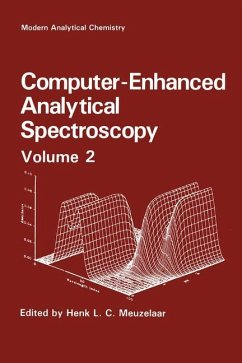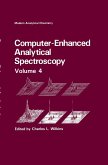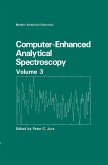The Second Hidden Peak Symposium on Computer-Enhanced Analytical Spectroscopy, held in June, 1988, at the Snowbird Resort (Salt Lake City, Utah), centered around twelve keynote lectures delivered by some of the foremost experts and pioneers in this rapidly expanding field. The editor is highly indebted to each of these colleagues for contributing a chapter to the second volume of Computer-Enhanced Analytical Spec troscopy. The primary objective of this volume is to present a repre sentative cross-section of current activities in the field while balancing out the lighter coverage of some topics and areas in Volume 1. An exciting new topic, remote IR sensing, is covered in Chapters 4 and 5. Deconvolution and signal-processing methods have now been extended to UV/VIS (Chapter 1) and GC/MS (Chapter 3) applications. Furthermore, the development and testing of novel factor analysis techniques in the areas of UV /VIS and IR spectroscopy are discussed in Chapters 2 and 12, respectively. Fundamental aspects of library search techniques are presented in Chapters 7 (MS) and 9 (NMR). Chapters 6, 10, and 11 cover selected uses of expert systems in NMR, IR, and MS, respectively. Finally, an integrated expert system approach to the interpretation of GC/IR/MS data is outlined in Chapter 8. In an attempt to facilitate access to the various topics for the newcomer to the field, the twelve chapters have been organized into two main parts: Unsupervised Methods: Spectral Enhancement, Deconvolu tion, and Data Reduction, and Supervised Methods: Expert Systems, Modeling, and Quantitation.









